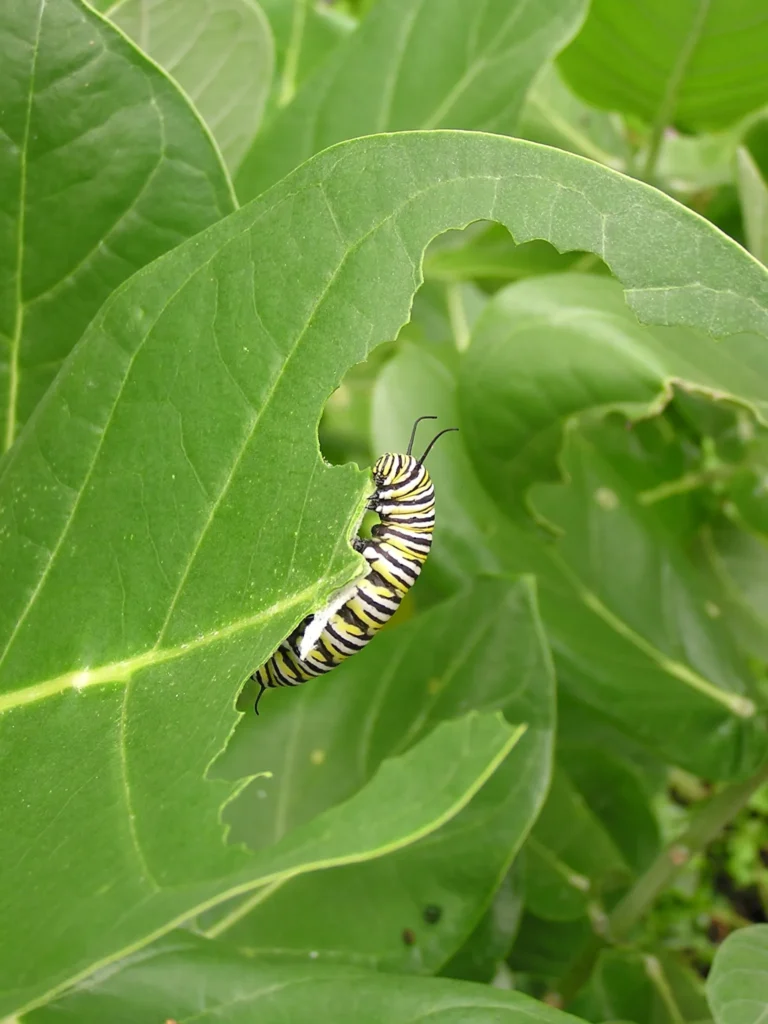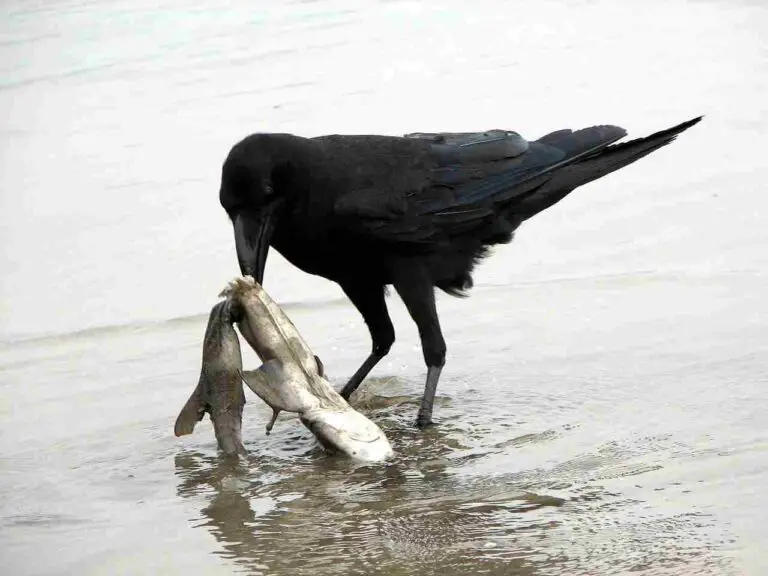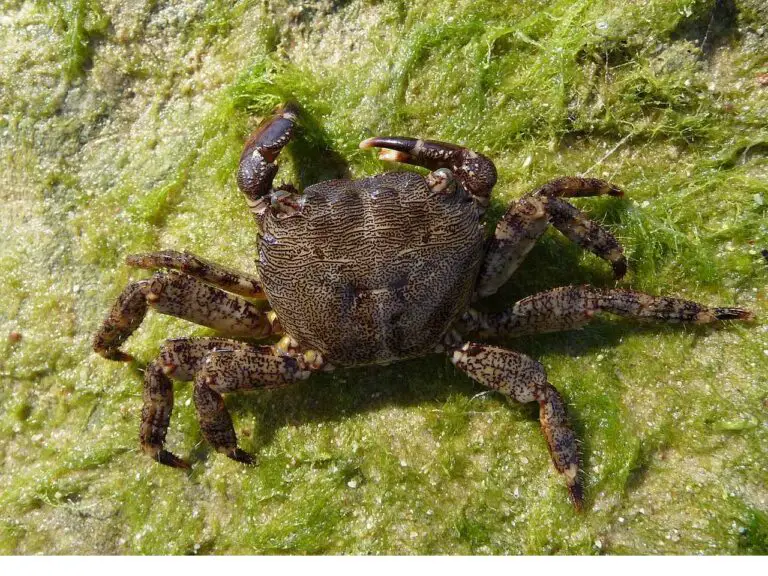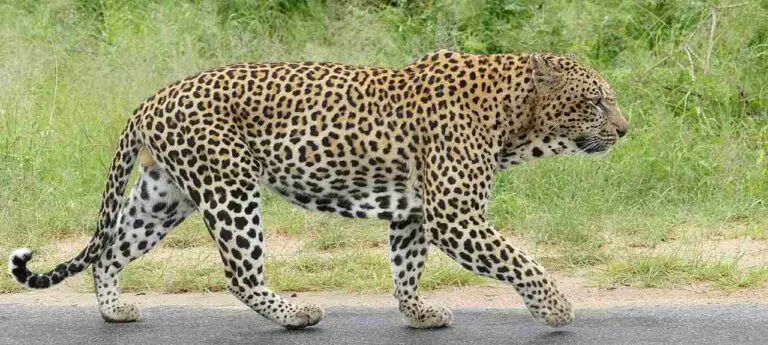Rabbit Vs Hare Difference and Similarity Discussed
Rabbits and hares, both members of the Leporidae family, share similarities but exhibit distinct characteristics. Examining the differences between these lagomorphs provides insights into their diverse features.
I. Physical Characteristics:
– Hares are larger than rabbits, weighing up to 4 kg, while rabbits are generally smaller. Notably, hares possess longer hind legs and ears, aiding in their swift movements.
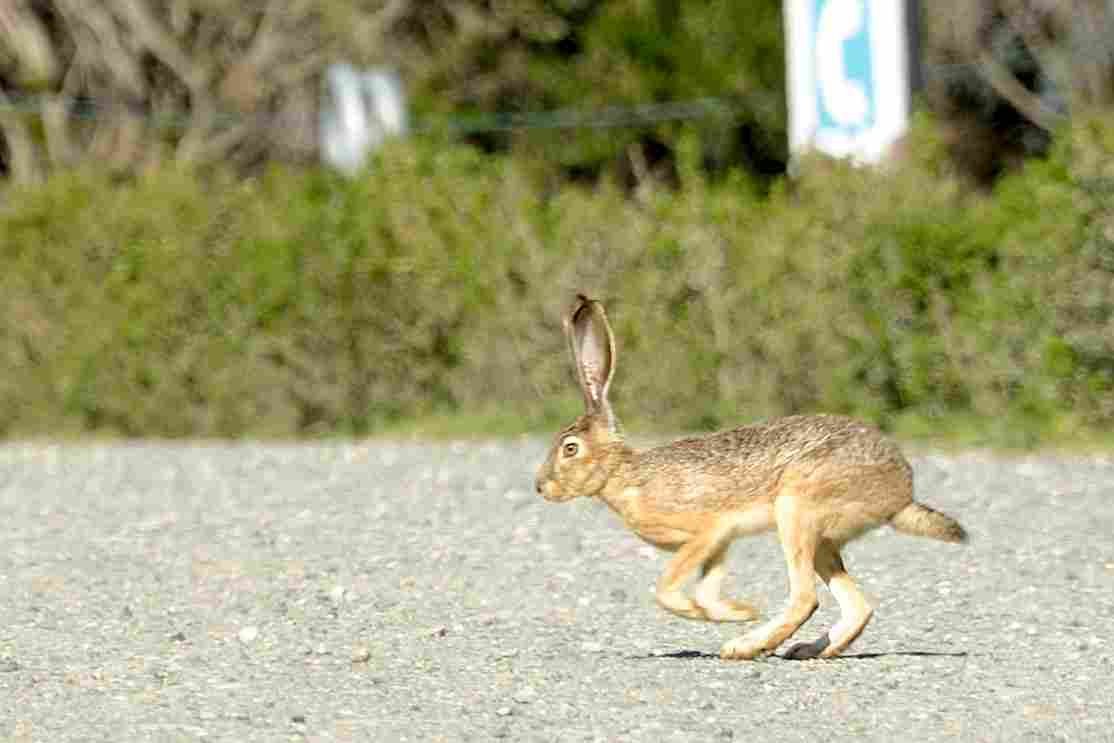
II. Color and Appearance:
– Color-wise, hares have a grizzled russet brown coat with pale bellies, amber eyes, black-topped white tails, and longer black-tipped ears. In contrast, rabbits are more of a grey-brown shade, with shorter ears, dark brown eyes, and a fluffy white cotton ball tail.
III. Scientific Insights:
– Scientific perspectives from sources like Merriam-Webster and Wonderopolis delve into biological aspects, emphasizing hares’ larger size, longer hind legs, and birthing characteristics.
IV. Geographic Distribution:
– Rabbits and hares inhabit various regions globally. Recognizing their distinct features enhances our understanding of their adaptations to different environments.
V. Behavioral Differences:
– Rabbits are crepuscular, while hares are nocturnal. This behavioral contrast influences their activity patterns and lifestyles.
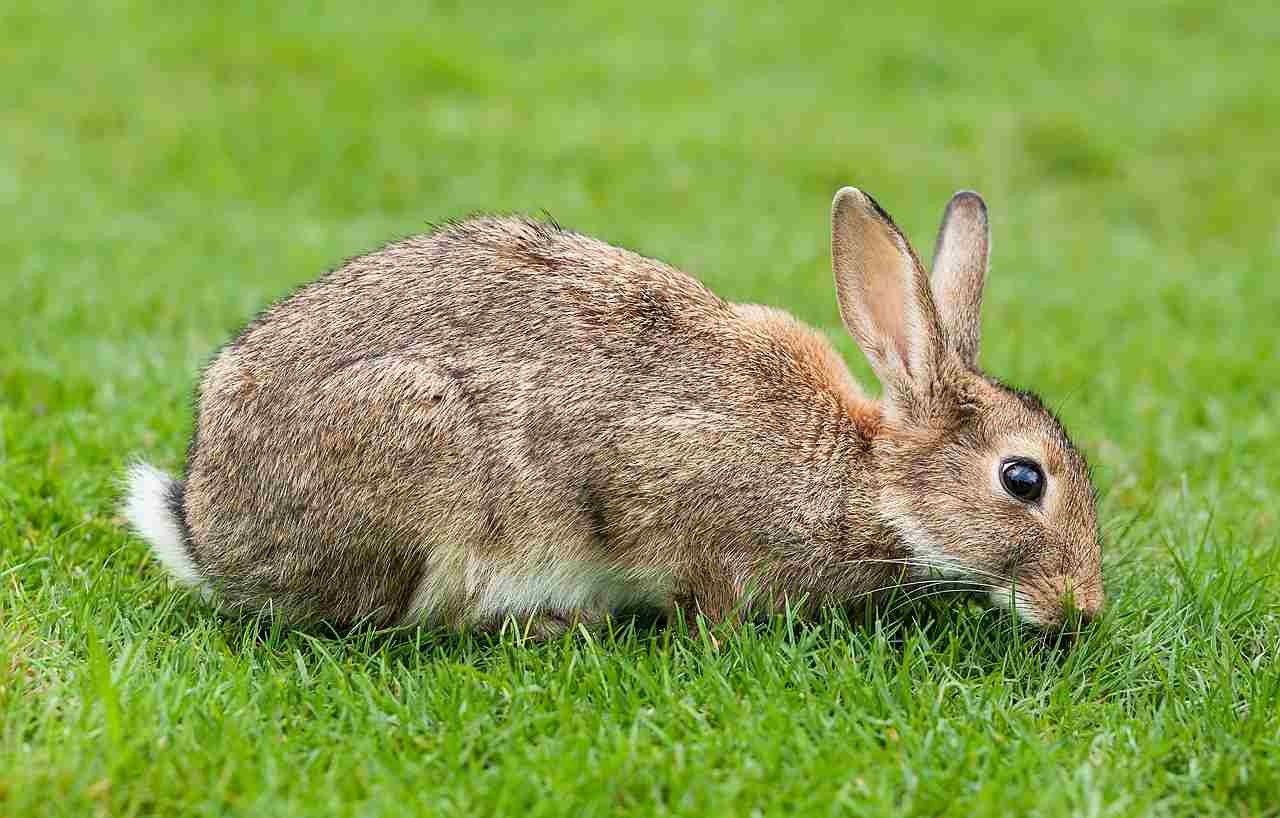
*Details of Comparison
| Criteria | Rabbits | Hares |
| Taxonomy | Genus: Oryctolagus, Species: Cuniculus |
Genus: Lepus, Species: Europaeus
|
| Appearance | Smaller, shorter legs and ears, camouflage fur |
Larger, longer legs and ears, seasonal fur adaptation
|
| Size | 2-6 pounds | 3-12 pounds |
| Weight | Lighter | Heavier |
| Dentition and Bite Force | Moderate bite force, herbivorous dentition |
Slightly stronger bite, herbivorous dentition
|
| Offensive Advantages | Rely on agility |
Swift runner, powerful hind legs
|
| Defensive Advantages | Burrow and agility |
Kicks, in addition to hiding
|
| Speed | 35-45 mph | Up to 50 mph |
| Agility | Quick, evasive movements |
Agile, longer strides
|
| Senses | Keen hearing, smell, and vision |
Keen hearing, smell, and vision
|
| Physical Capacity | Quick bursts, agility, burrowing |
Sustained high-speed running
|
| Habitat Preference | Vegetated, global |
Open, diverse climates
|
| Tracks | Reflect anatomical adaptations |
Reflect anatomical adaptations
|
| Lifespan | 5-10 years | 1-5 years |
| Feeding | Grazers | Versatile |
| Intelligence | Intelligent behaviors |
Intelligent behaviors
|
| Social Behavior | More social | More solitary |
| Reproduction | Faster turnover, precocial young |
Slower turnover, altricial young
|
| Parental Behavior | More protective | Less protective |
| Proximity to Humans | Adaptable | Less adaptable |
| Behavior Toward Humans | Varied | Cautious |
| Danger Posed to Humans | Little to no danger |
Minimal danger if threatened
|
| Associated Precautions | Protecting vegetation | Few precautions |
| Conservation Status | Varies by species, some face threats |
Varies by species, some face threats
|
1. Taxonomy:
Rabbit (Oryctolagus cuniculus):
Order: Lagomorpha
Family: Leporidae
Genus: Oryctolagus
Species: Cuniculus
Hare (Lepus europaeus):
Order: Lagomorpha
Family: Leporidae
Genus: Lepus
Species: Europaeus
Both rabbits and hares belong to the same order (Lagomorpha) and family (Leporidae) but differ at the genus and species levels.
2. Appearance:
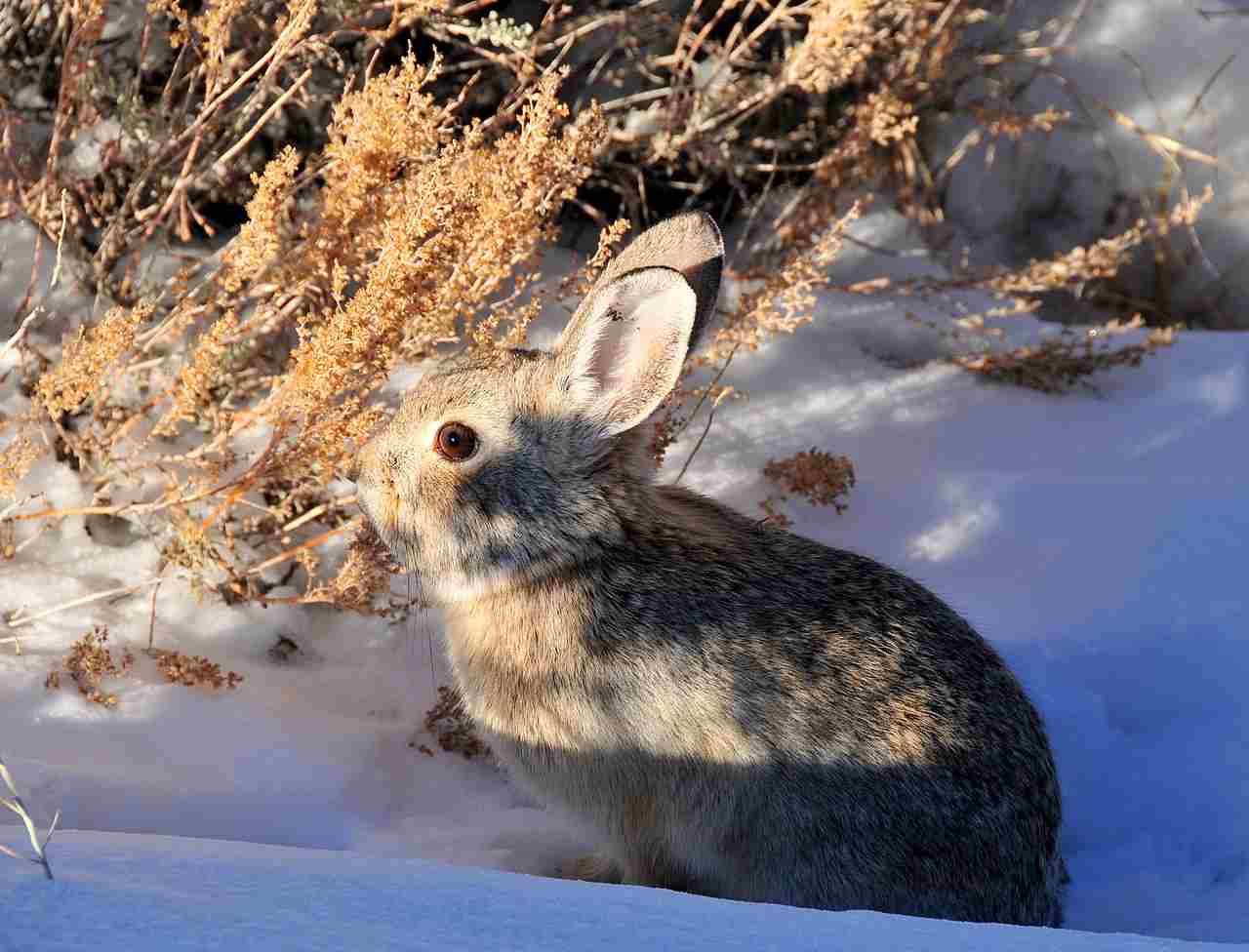

Rabbit: Generally smaller with shorter legs and ears, adapted for a burrowed lifestyle. Their fur color often blends with their surroundings, providing camouflage.
Hare: Larger with longer legs and ears, designed for swift running. Their fur may change color with the seasons, aiding in camouflage.
Comparison: Rabbits exhibit more compact builds for burrowing, while hares have a streamlined appearance for speed.
Ecological Implications: Rabbits’ camouflage helps them evade predators in their burrowed habitats, while hares’ seasonal fur adaptation aids in hiding during different environmental conditions.
3. Size:
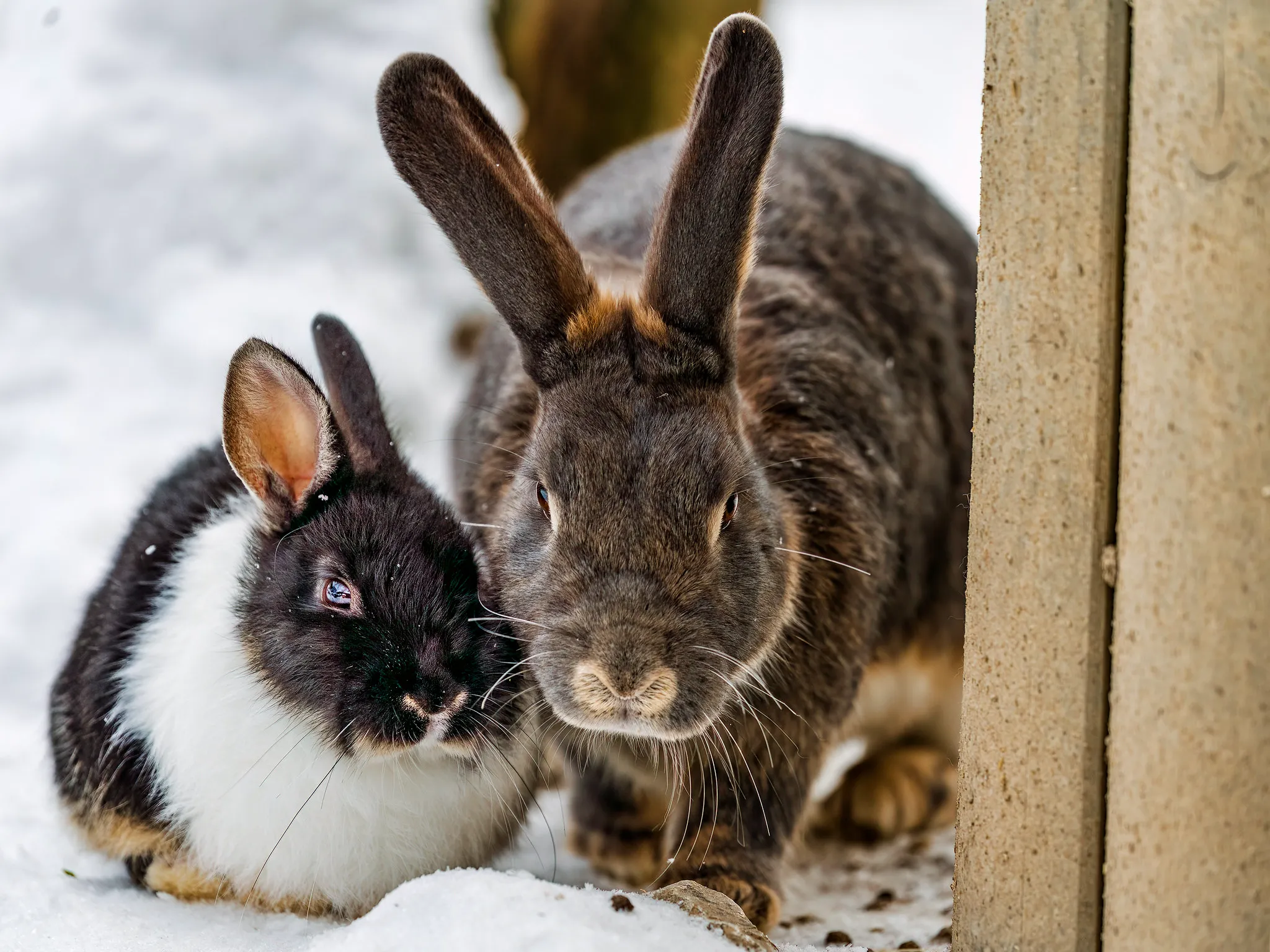
Rabbit: Typically smaller, ranging from 2 to 6 pounds, depending on the species.
Hare: Generally larger, with weights ranging from 3 to 12 pounds, varying by species.
Comparison: Hares tend to be larger and more robust compared to rabbits.
Ecological Implications: The size difference may impact their roles in ecosystems, with rabbits potentially having different ecological niches than hares due to their smaller size.
4. Weight:
Rabbit: Weighs between 2 to 6 pounds on average.
Hare: Heavier, with weights ranging from 3 to 12 pounds.
Comparison: Hares are generally more massive than rabbits.
Ecological Implications: The weight difference may influence their impact on vegetation, as heavier hares may have different feeding habits or exert different pressures on the environment compared to lighter rabbits.
5. Dentition and Bite Force (PSI – Pounds per Square Inch):
Rabbit: Herbivorous dentition adapted for grinding plant material. Moderate bite force.
Hare: Similar herbivorous dentition but may have slightly stronger jaw muscles, leading to a slightly higher bite force.
Comparison: Both rabbits and hares have herbivorous dentition, but hares might have a slightly stronger bite.
Ecological Implications: The bite force may impact their ability to consume different plant materials and potentially influence their roles in ecosystem dynamics.
6. Physical Offensive Advantages:
Rabbit: Relies on agility and quick movements to escape predators rather than offensive tactics.
Hare: Swift runner with powerful hind legs, capable of delivering forceful kicks when threatened.
Comparison: Hares possess a physical offensive advantage through their powerful hind legs, providing them with a means of defense.
Ecological Implications: This defensive strategy may impact predator-prey relationships, influencing the behavior of their natural predators.
7. Physical Defensive Advantages:
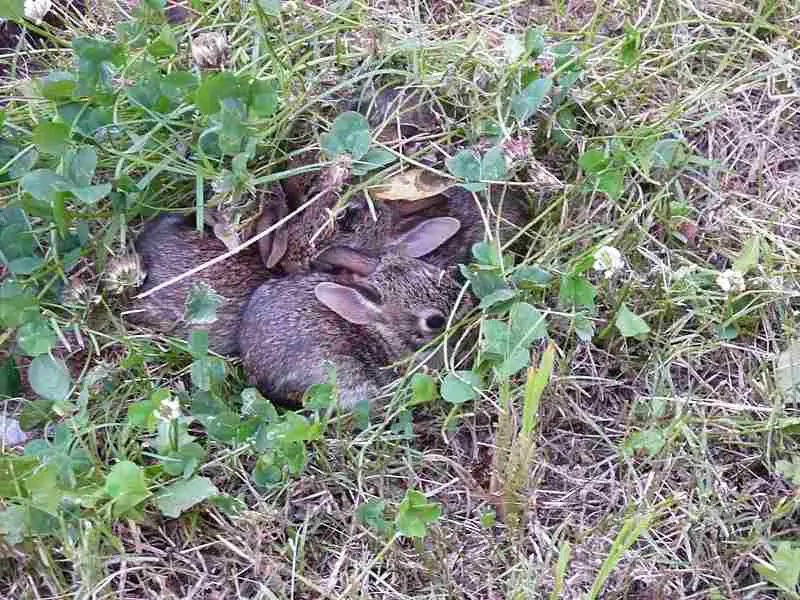
Rabbit: Well-adapted for hiding in burrows or utilizing their agility to escape predators.
Hare: Besides speed, hares can use their powerful kicks as a defensive mechanism against predators.
Comparison: Both species have effective defensive strategies, but hares’ powerful kicks offer an additional layer of defense.
Ecological Implications: The combination of hiding and powerful kicks may affect the success rates of predation on rabbits and hares in different ways.
8. Speed (Km/hour or Mile/hour):
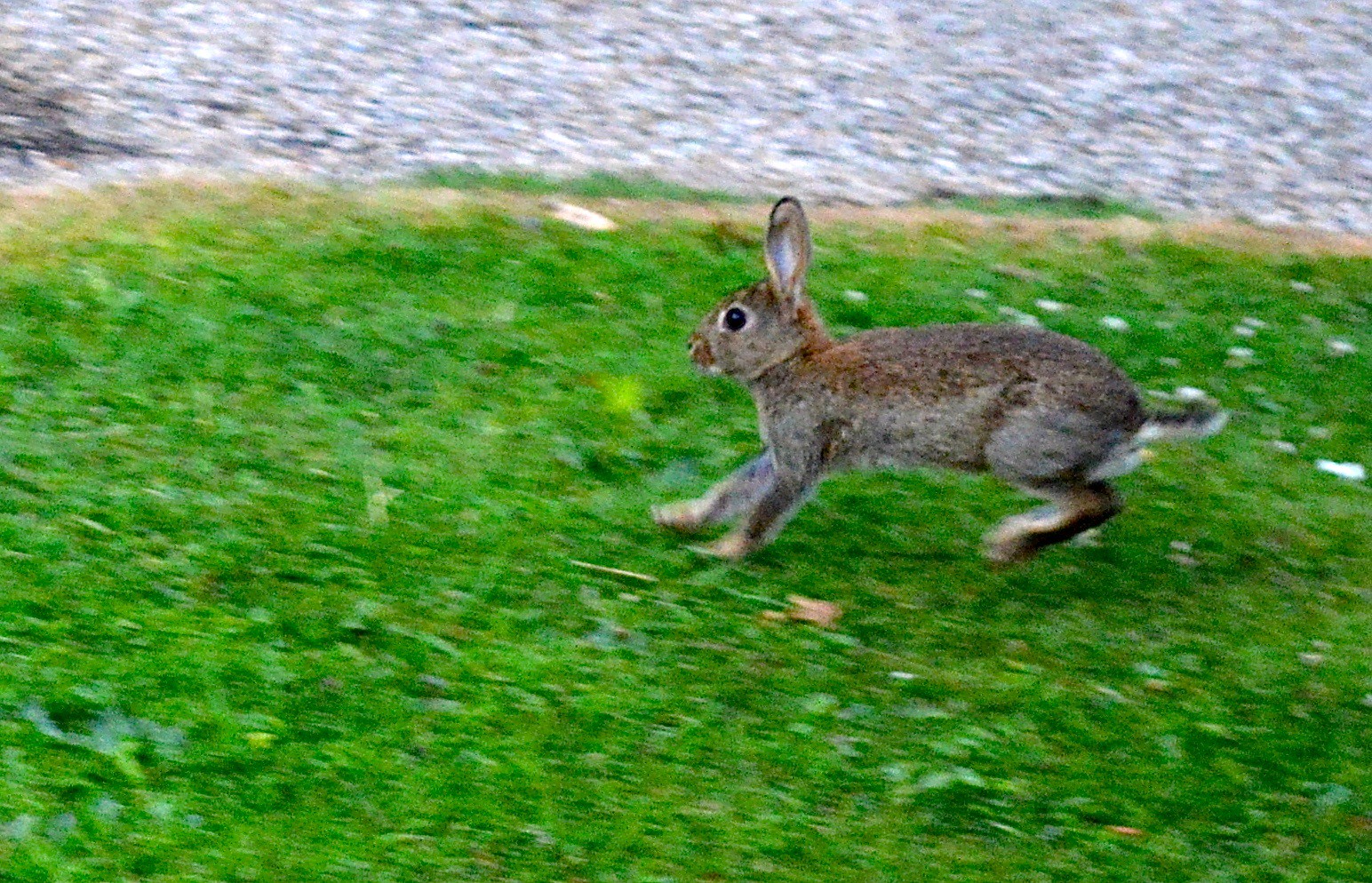
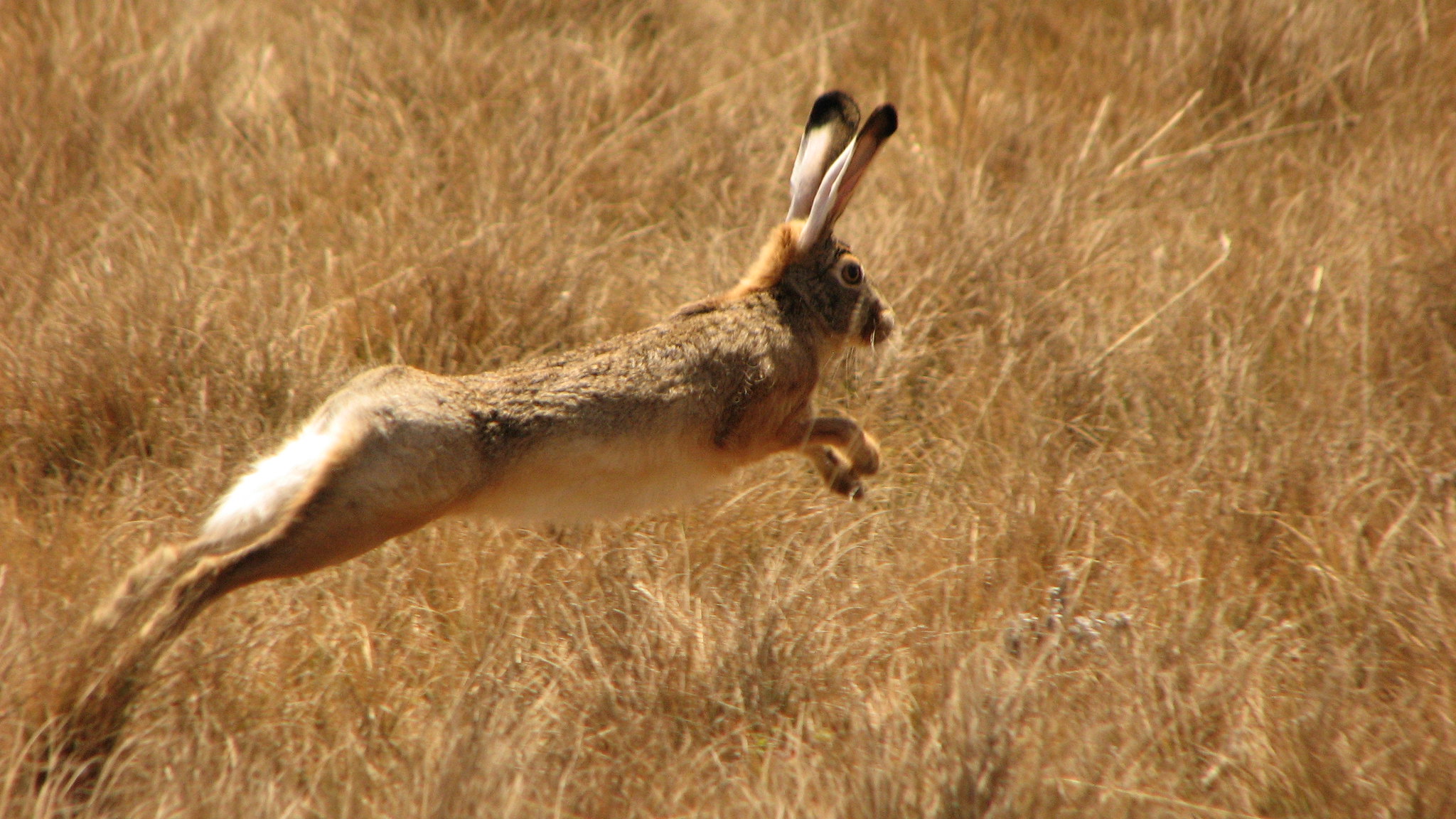
Rabbit: Can reach speeds of 35-45 mph (56-72 km/h).
Hare: Exceptional runners, capable of reaching speeds up to 50 mph (80 km/h).
Comparison: Hares generally have a higher top speed compared to rabbits.
Ecological Implications: Speed impacts their ability to escape predators and might influence their foraging range and efficiency.
9. Agility:
Rabbit: Agile with quick, evasive movements.
Hare: Agile as well, but their longer limbs may affect agility differently compared to rabbits.
Comparison: Both species display agility, with rabbits excelling in quick, short movements, while hares may exhibit agility in longer strides.
Ecological Implications: Agility is crucial for avoiding predators and obtaining food, contributing to their survival strategies in different environments.
10. Senses:
Rabbit: Well-developed senses of hearing and smell, with large eyes providing good vision in low light.
Hare: Similar sensory adaptations with keen hearing, a strong sense of smell, and large eyes for low-light vision.
Comparison: Both rabbits and hares rely on acute senses for detecting predators and foraging opportunities.
Ecological Implications: Their sensory abilities contribute to their survival in various habitats, helping them navigate and respond to environmental stimuli.
11. Overall Physical Capacity:
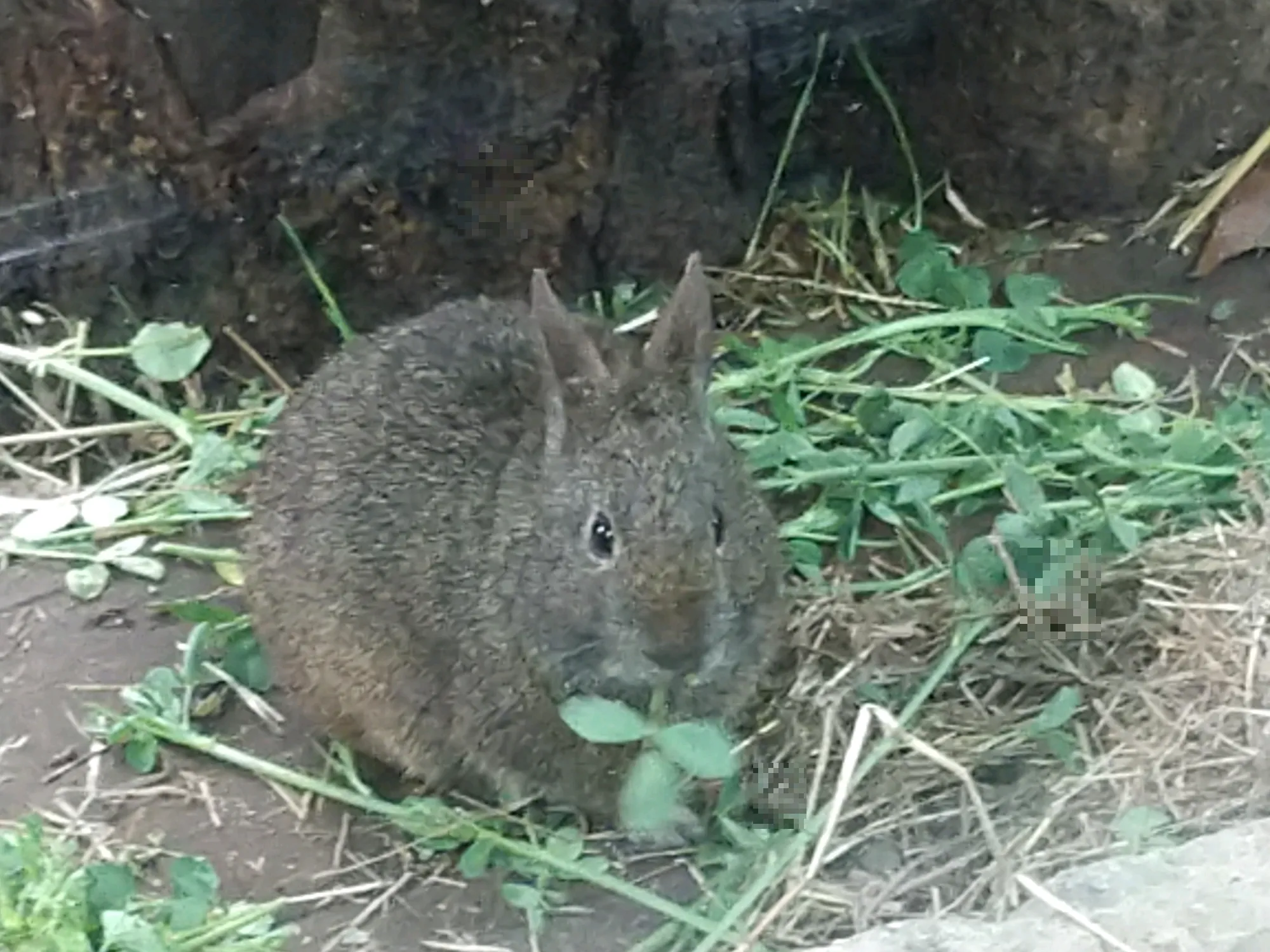
Rabbit: Adapted for quick bursts of speed, agility, and digging burrows.
Hare: Specialized for sustained high-speed running, utilizing powerful hind legs.
Comparison: Rabbits and hares have different physical capacities, with rabbits excelling in agility, and hares in sustained speed.
Ecological Implications: Their respective physical capacities influence their roles in ecosystems, affecting how they interact with their surroundings.
12. Habitat Preference(s) and Geographic Region:
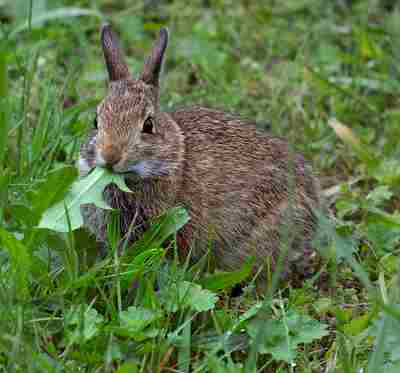
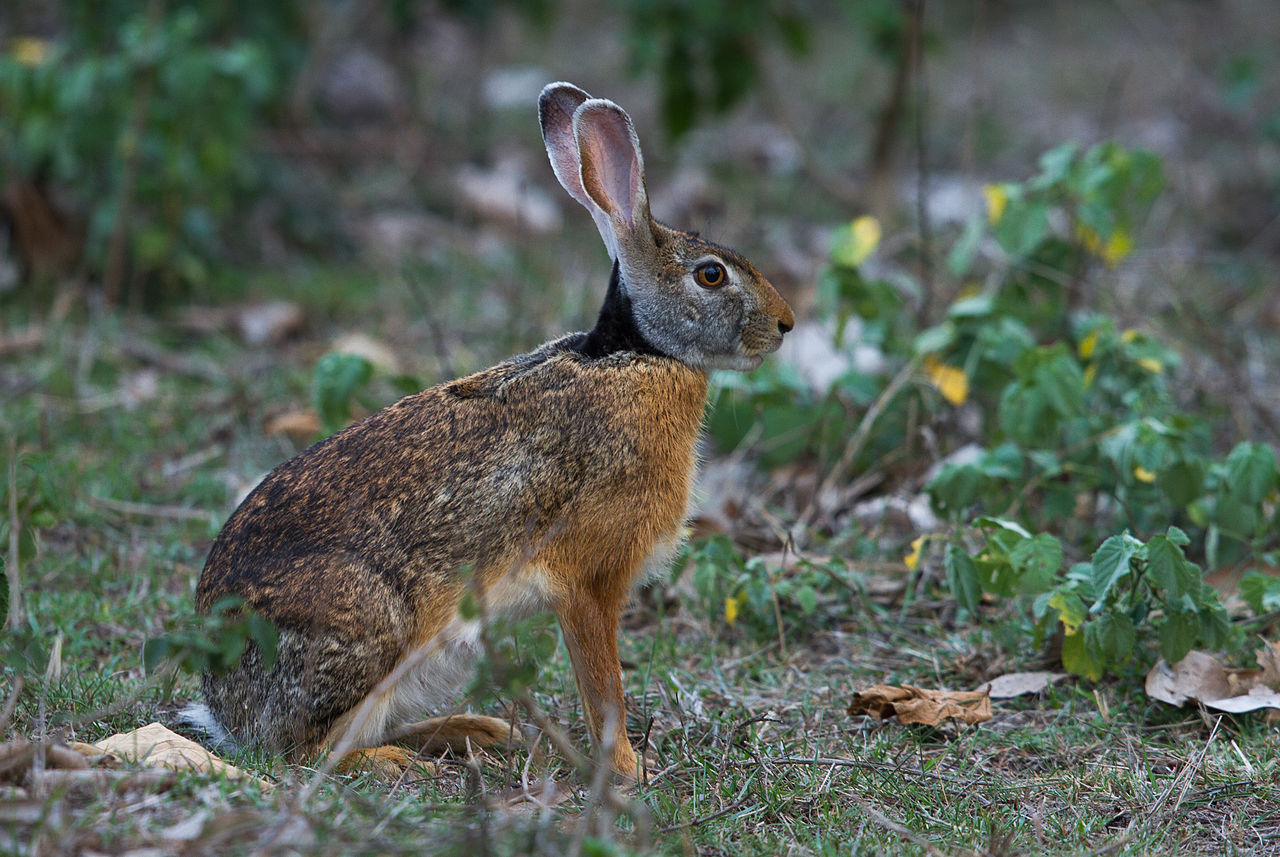
Rabbit: Prefers habitats with ample vegetation for cover and burrowing, found in various regions globally.
Hare: Thrives in open habitats such as grasslands and meadows, adapting to diverse climates.
Comparison: Rabbits often prefer more concealed habitats, while hares are adapted to more open environments.
Ecological Implications: Their habitat preferences impact their interactions with other species and their roles in shaping local ecosystems.
13. Tracks:
Rabbit: Leaves distinctive tracks with smaller hind feet landing in front of larger front feet.
Hare: Larger hind feet leave tracks ahead of smaller front feet, reflecting their powerful hind legs.
Comparison: Track differences reflect their anatomical adaptations, especially the size and strength of their hind limbs.
Ecological Implications: Tracking can aid in studying their presence, behavior, and movements in the wild, contributing to ecological research and conservation efforts.
14. Lifespan:
Rabbit: Typically lives 5 to 10 years in the wild, influenced by factors like predation and environmental conditions.
Hare: Generally has a shorter lifespan of 1 to 5 years due to higher predation rates.
Comparison: Rabbits generally have longer lifespans compared to hares.
Ecological Implications: Lifespan differences may impact population dynamics, reproductive strategies, and overall ecological contributions.
15. Mode of Feeding:
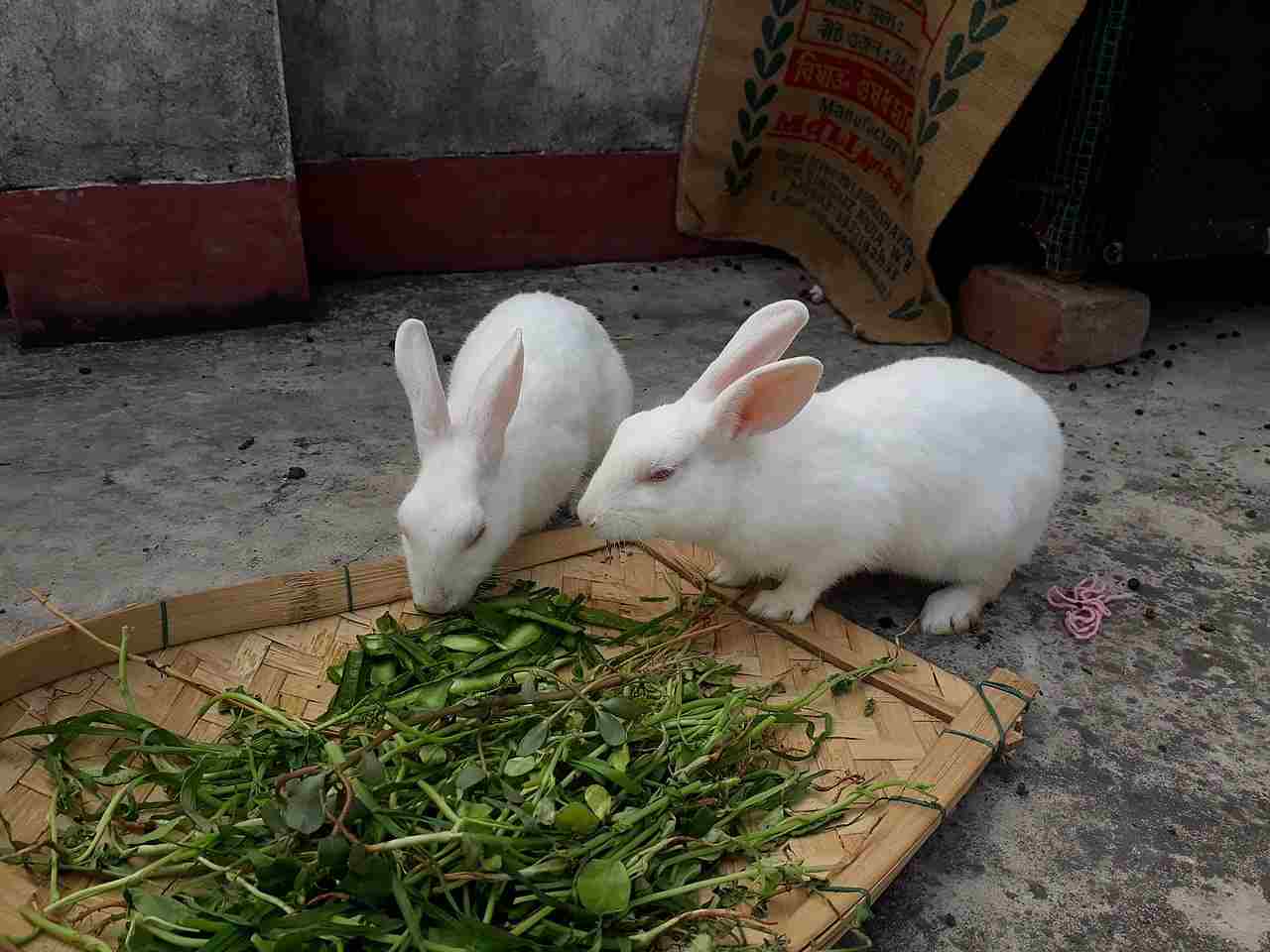
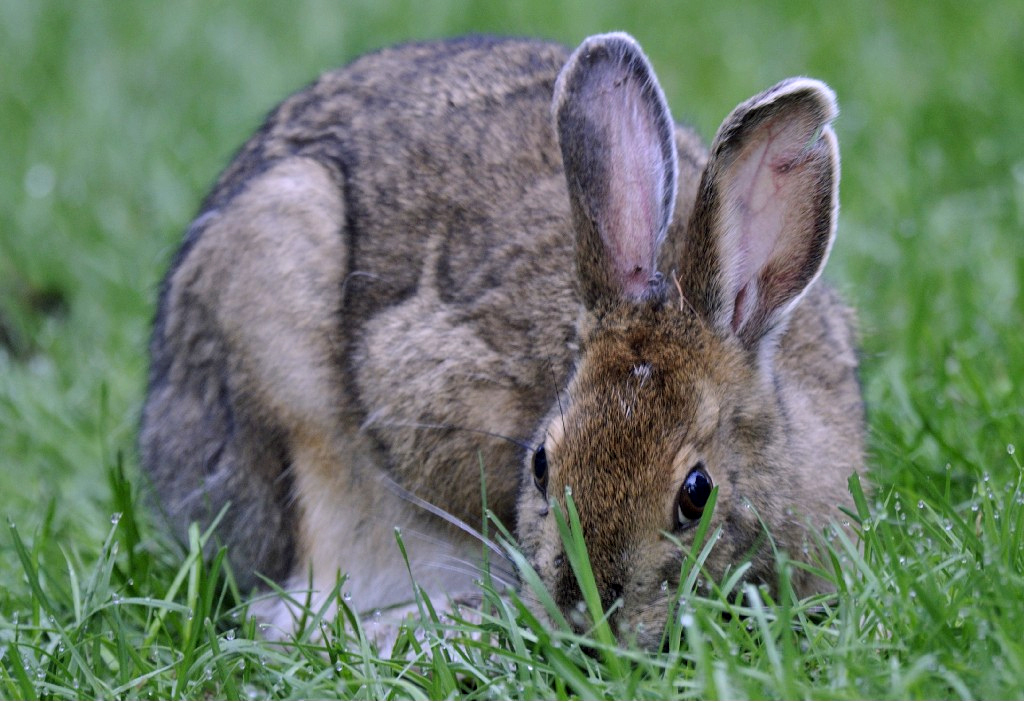
Rabbit: Primarily a grazer, consuming grasses and vegetation close to the ground.
Hare: More versatile, incorporating a wider variety of plants, including twigs and buds.
Comparison: Hares have a broader diet compared to rabbits.
Ecological Implications: Differences in feeding habits may affect plant communities and vegetation structure, influencing other species within their ecosystems.
16. Intelligence:
Rabbit: Exhibits intelligent behaviors, including problem-solving and social interactions within warrens.
Hare: Displays clever evasion tactics and communication skills, especially in avoiding predators.
Comparison: Both rabbits and hares exhibit intelligence in different aspects of their behavior.
Ecological Implications: Intelligence influences their ability to adapt to changing environments, find food, and avoid predators, contributing to their ecological roles.
17. Social Behavior:
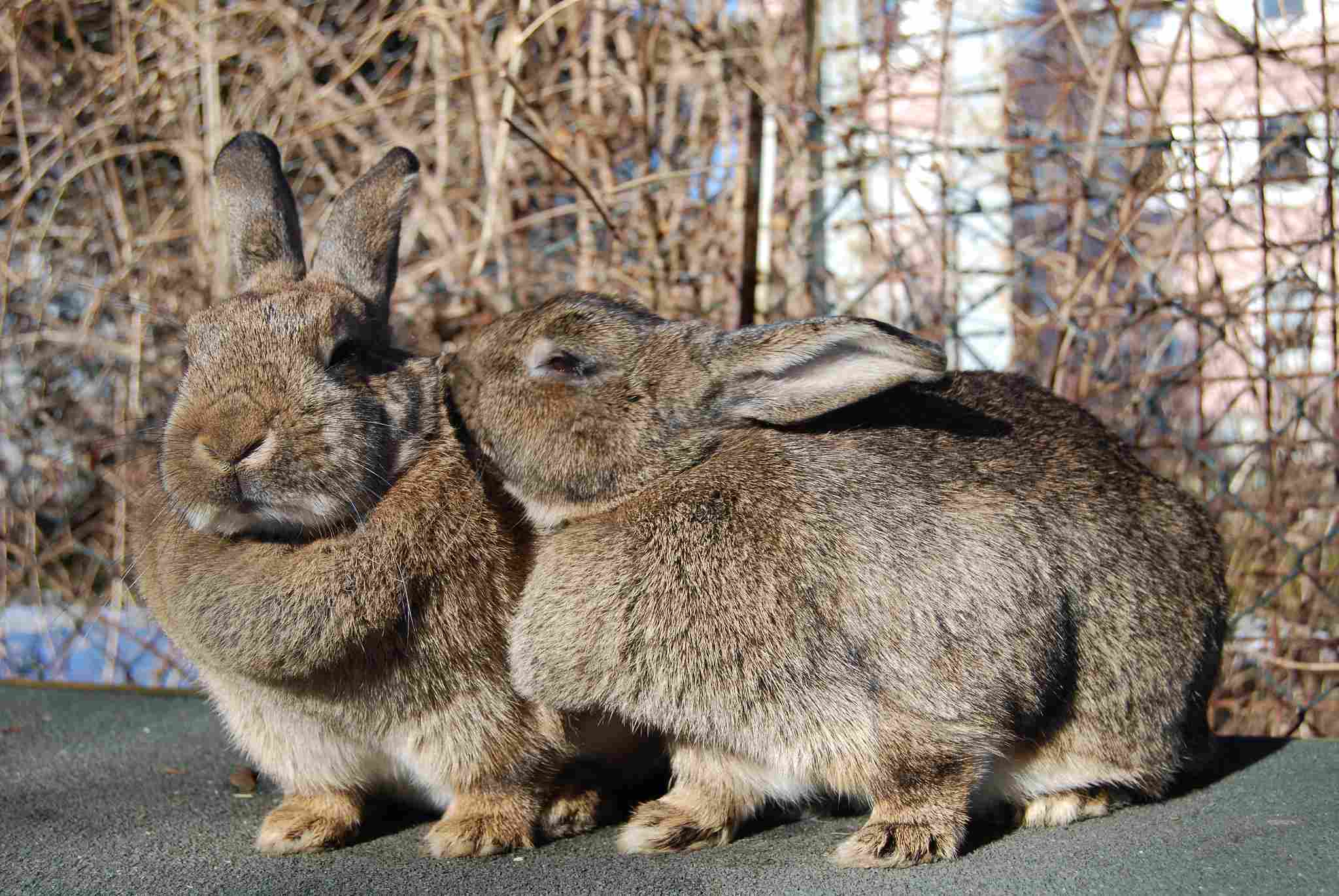
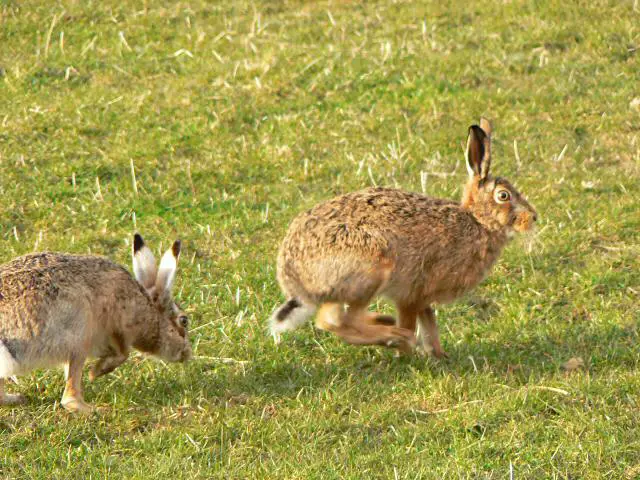
Rabbit: Often displays more social behavior, living in groups called warrens, with complex social structures.
Hare: Generally more solitary, with fewer social interactions, especially during non-breeding seasons.
Comparison: Rabbits are more social compared to the relatively solitary nature of hares.
Ecological Implications: Social behavior impacts reproductive strategies, resource sharing, and overall community dynamics within their respective habitats.
18. Mode of Reproduction:
Rabbit: Exhibits a high reproductive rate with short gestation periods. Females give birth to a litter of precocial young in burrows.
Hare: Has a lower reproductive rate, with longer gestation periods. Hare kittens are born in shallow depressions called forms and are altricial.
Comparison: Rabbits have a faster reproductive turnover compared to hares.
Ecological Implications: Reproductive strategies affect population dynamics, influencing the abundance and distribution of these species in their respective ecosystems.
19. Parental Behavior:
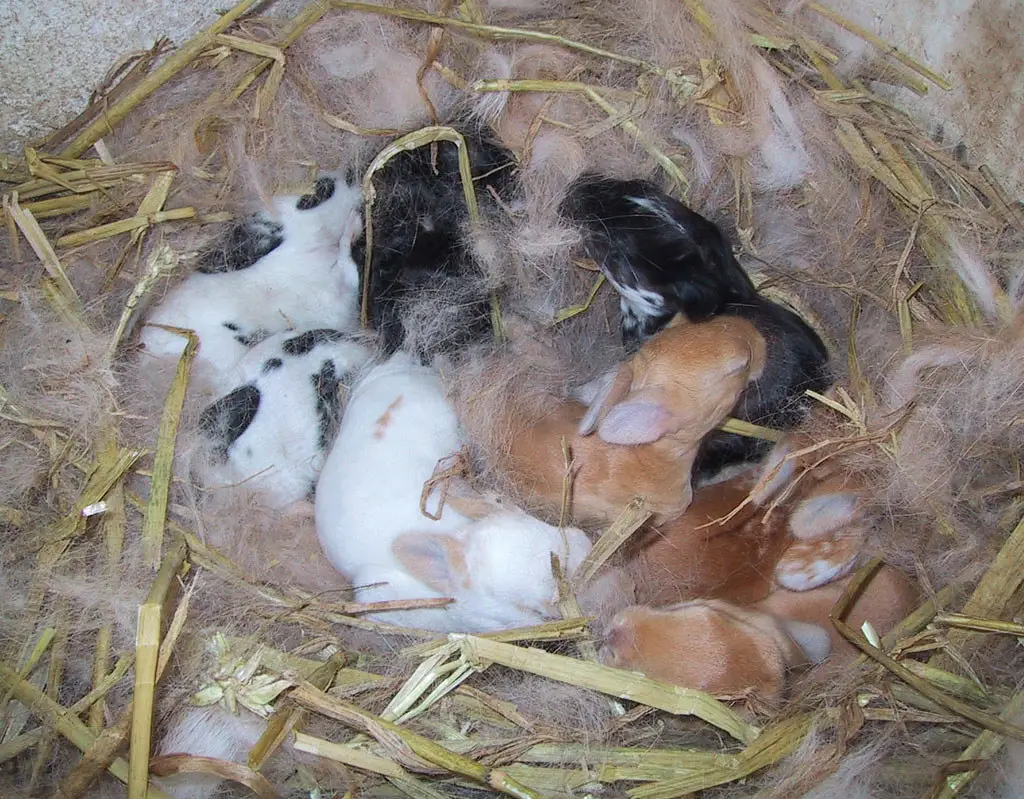
Rabbit: Females nurse their young in burrows, providing protection and care.
Hare: Females nurse their young but do not provide as much protection, relying on their well-hidden forms.
Comparison: Rabbits exhibit more protective parental behavior compared to hares.
Ecological Implications: Parental behavior influences the survival rates of offspring and contributes to the overall reproductive success of each species.
20. Proximity to Human-Inhabited Areas:
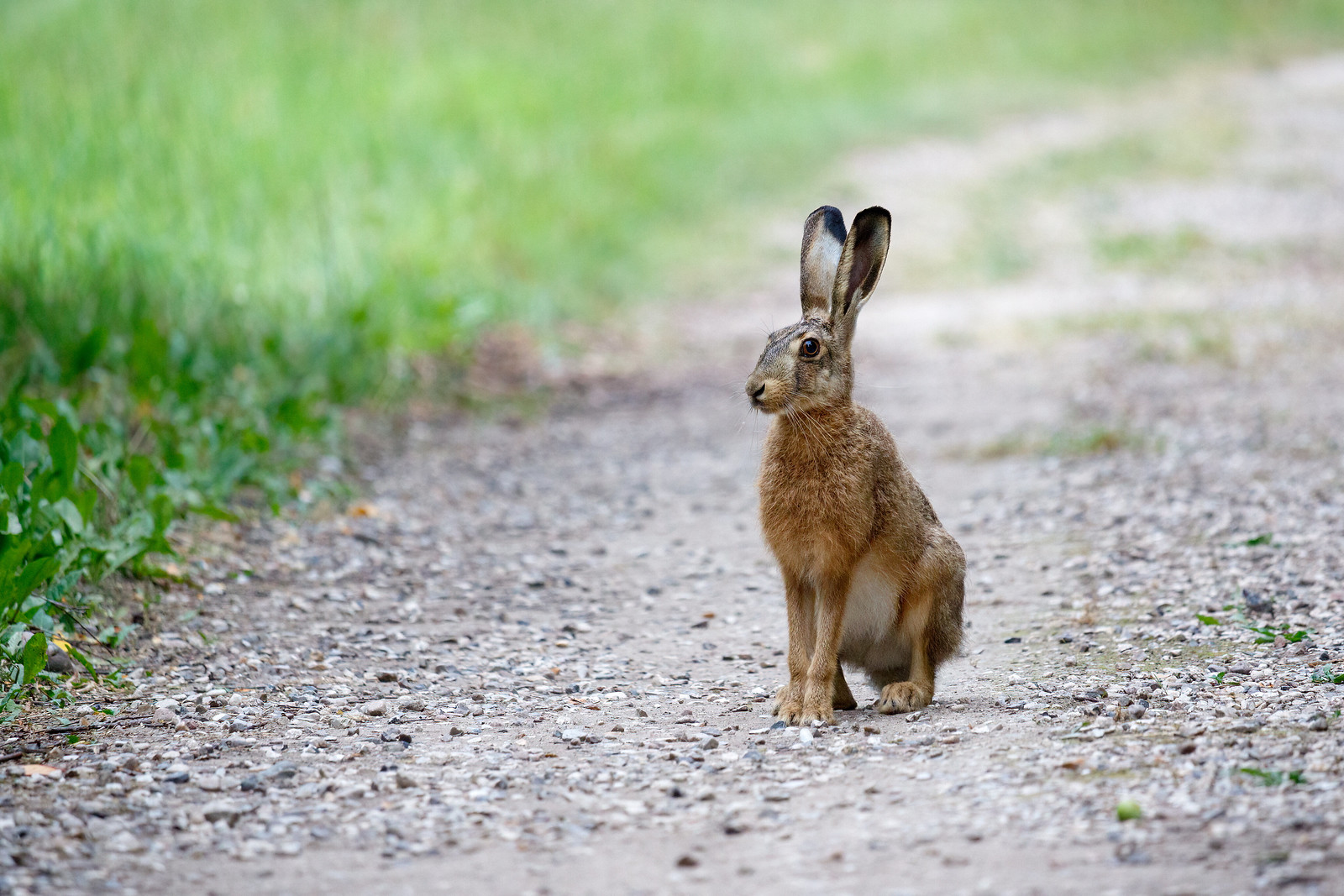
Rabbit: More adaptable to human-altered environments, often found in suburban areas and gardens.
Hare: Tends to avoid human-inhabited areas and is less adaptable to anthropogenic changes.
Comparison: Rabbits are more tolerant of human presence compared to hares.
Ecological Implications: Human proximity can influence their interactions with domesticated animals, plants, and potential exposure to human-related risks.
21. Behavior Toward Humans:

Rabbit: May exhibit both fearful and habituated behavior, depending on their exposure to humans.
Hare: Generally more elusive and skittish around humans, showing a greater tendency to avoid direct contact.
Comparison: Rabbits may show more varied behavior in response to humans compared to the generally more cautious hares.
Ecological Implications: Behavior toward humans can impact their susceptibility to anthropogenic threats and influence their survival in human-altered landscapes.
22. Danger Posed to Humans:
Rabbit: Generally poses little to no danger to humans. May cause minor agricultural damage but is not known for aggressive behavior.
Hare: Typically non-aggressive but may pose minimal danger if cornered or threatened. Known for avoiding direct confrontation.
Comparison: Both rabbits and hares are not considered dangerous to humans, but hares may exhibit more evasive behavior.
Ecological Implications: Limited danger to humans reduces the likelihood of conflict and contributes to coexistence in shared environments.
23. Associated Precautions:
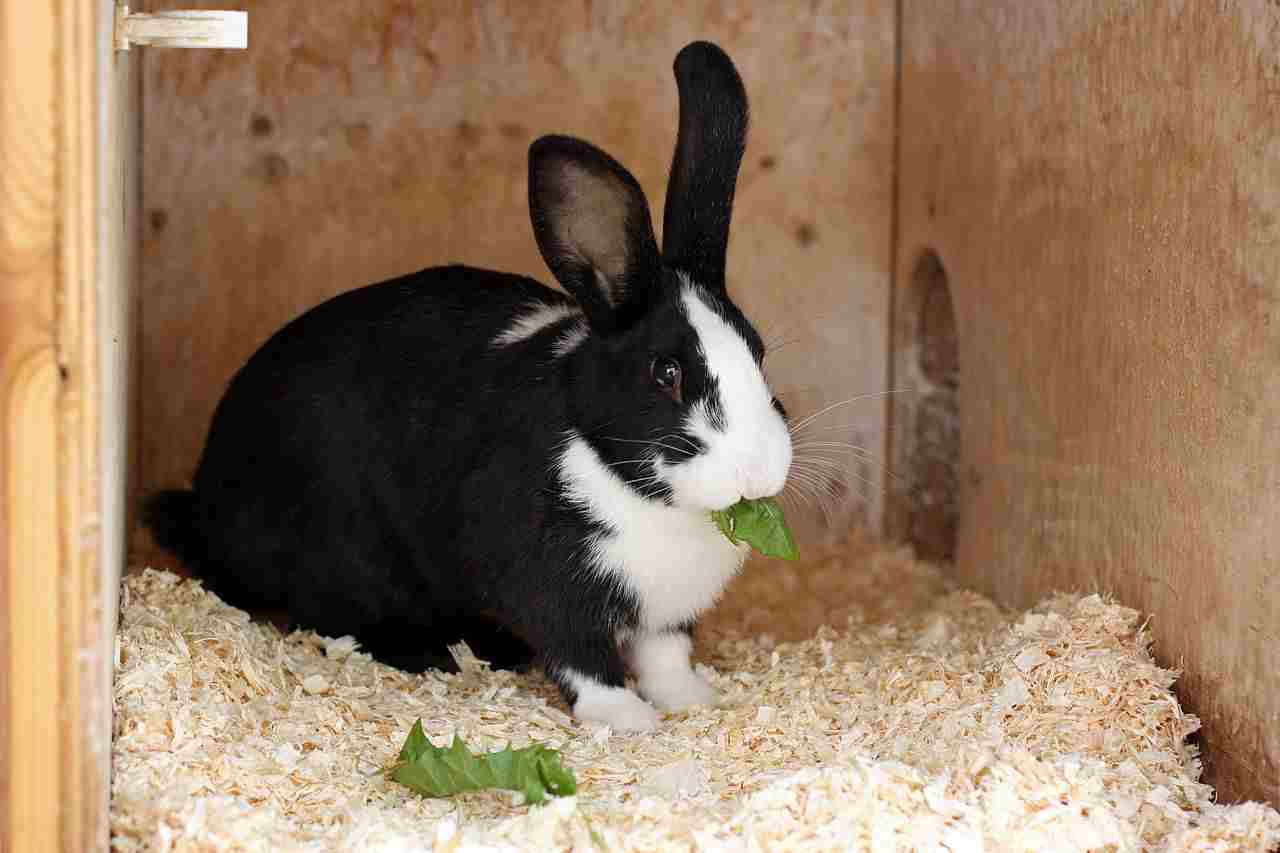
Rabbit: Precautions often involve protecting gardens or crops from foraging rabbits, as they may cause damage.
Hare: Few precautions are needed due to their tendency to avoid human-inhabited areas.
Comparison: Precautions are generally more focused on protecting vegetation from rabbits compared to hares.
Ecological Implications: Human interactions may necessitate measures to prevent conflicts, with implications for agricultural practices and local ecosystems.
24. Conservation Status:
Rabbit: Conservation status varies by species. Some are classified as least concern, while others, like the European rabbit, face threats in specific regions.
Hare: Conservation status varies among species, with some considered least concern, but habitat loss and hunting can pose threats to certain populations.
Comparison: Conservation statuses vary based on the specific species within both rabbits and hares.
Ecological Implications: Conservation efforts are crucial to maintaining biodiversity and ensuring the ecological roles of rabbits and hares in different ecosystems.
*Summary of Comparison
Taxonomy:
Rabbits: Genus – Oryctolagus, Species – Cuniculus
Hares: Genus – Lepus, Species – Europaeus
Appearance:
Rabbits: Smaller, shorter legs, and ears, camouflage fur.
Hares: Larger, longer legs, and ears, seasonal fur adaptation.
Size:
Rabbits: 2-6 pounds.
Hares: 3-12 pounds.
Weight:
Rabbits: Lighter.
Hares: Heavier.
Dentition and Bite Force (PSI):
Rabbits: Moderate bite force, herbivorous dentition.
Hares: Slightly stronger bite, herbivorous dentition.
Physical Offensive Advantages:
Rabbits: Rely on agility.
Hares: Swift runner, powerful hind legs.
Physical Defensive Advantages:
Rabbits: Burrow and agility.
Hares: Kicks, in addition to hiding.
Speed:
Rabbits: 35-45 mph.
Hares: Up to 50 mph.
Agility:
Rabbits: Quick, evasive movements.
Hares: Agile, longer strides.
Senses:
Rabbits and Hares: Keen hearing, smell, and vision.
Overall Physical Capacity:
Rabbits: Quick bursts, agility, burrowing.
Hares: Sustained high-speed running.
Habitat Preference(s) and Geographic Region:
Rabbits: Vegetated, global.
Hares: Open, diverse climates.
Tracks:
Rabbits and Hares: Reflect anatomical adaptations.
Lifespan:
Rabbits: 5-10 years.
Hares: 1-5 years.
Mode of Feeding:
Rabbits: Grazers.
Hares: Versatile.
Intelligence:
Rabbits and Hares: Intelligent behaviors.
Social Behavior:
Rabbits: More social.
Hares: More solitary.
Mode of Reproduction:
Rabbits: Faster turnover, precocial young.
Hares: Slower turnover, altricial young.
Parental Behavior:
Rabbits: More protective.
Hares: Less protective.
Proximity to Human-Inhabited Areas:
Rabbits: Adaptable.
Hares: Less adaptable.
Behavior Toward Humans:
Rabbits: Varied.
Hares: Cautious.
Danger Posed to Humans:
Rabbits: Little to no danger.
Hares: Minimal danger if threatened.
Associated Precautions:
Rabbits: Protecting vegetation.
Hares: Few precautions.
Conservation Status:
Rabbits and Hares: Varies by species, some face threats.
Conclusion
I. Similarities:
Both rabbits and hares belong to the order Lagomorpha, exhibit herbivorous dentition, and share common ecological roles as prey species.
II. Differences:
Differences include size, lifespan, mode of reproduction, social behavior, and adaptability to human-inhabited areas, influencing their ecological contributions and interactions within ecosystems.
